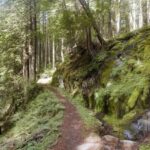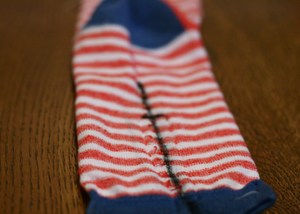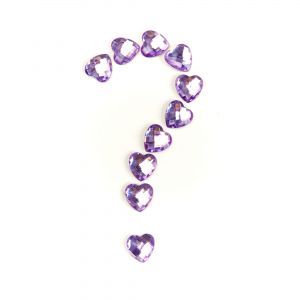Blisters are the bane of walkers and hikers, and a common outdoor injury. It’s wise to know methods of effective blister treatment before going into the field. Knowing what effective blister treatment involves lessens the chances of having to cut a trip short. In addition, the odds of are reduced of suffering a more serious wound requiring hospitalization.
Let’s look at the basics of effective blister treatment and how to manage this common walking complaint.The causes of blisters are many. The most frequent is friction as the result of the foot rubbing against a hiking sock in a boot or shoe. Moisture, dirt, or any other aggravation to this friction can also trigger a blister.
A “hot spot” is usually the first signal a blister is developing. Many walkers ignore them, since they usually begin once a walker is under full steam heading down a trail and it feels like a nuisance to stop and treat it. But hoping that a “hot spot” will not become a blister is simply naive and usually by the time one surrenders the battle and sheds their sock a blister has formed.
Blister categories range from irritatingly small to alarmingly large. By the time a blister is examined it may have ruptured and begun to leak fluid. There are reasonable approaches and protocols to follow when dressing the wound:
If the blister has opened, the only remedy is to use a disinfecting agent to cleanse it and then apply a bandage. If the blister has not burst it might be best to simply leave it alone, allowing the skin to be its own shield. Healing will occur by itself over time.
After years of trail and error while backpacking, I have developed my own course of therapy to treat ruptured blisters.
First, I clean the wound gently with alcohol or other antiseptic. Sometimes I will fire up my backpacking stove, heat water, and use a soapy washcloth to do the cleaning, which also soothes the injured area. I’ll follow-up with an antiseptic treatment and let the blister air dry a few minutes.
Next, I snip a square of sterile gauze to fit over the blister, making sure it overlaps the edges of the wound. Before applying the gauze, I’ll generously apply antibiotic ointment.
While the ointment keeps the gauze in place temporarily I cut a piece of moleskin or molefoam, making sure it’s large enough to cover the gauze and extend beyond the edge of the gauze about an inch. Then I spend lots of time gently pressing the moleskin or molefoam down to ensure I have a good seal with the skin. Most moleskin products have sufficient adhesive to join well to the skin, but I have found that the higher quality moleskin purchased the better it adheres.
Once I have set the moleskin in place I take a strip of medical tape and place it horizontally across the center of the moleskin, allowing it to extend past the moleskin about an inch. I press it to the skin until it creates a tight bond. I do the same thing with another strip, this one applied vertically to the pad. Then, I use as much medical tape as I need and tape all edges at the point where the moleskin and flesh meet. As with the moleskin application, I take lots of time to press the tape to the skin, working to achieve a tight application.
When done correctly, I have hiked for days in wet and dry conditions and have found that my blister dressing holds until I remove it. By then the wound has healed in many cases.
Treating a blister that has not broken open involves first sterilizing a needle or knife point with a match or alcohol. Gently slip the point into the edge of the blister where it meets healthy skin, and then drain out the fluid. Don’t remove the skin that covers the blister, since this provides additional protection. Then, treat the blister as described above, using antibiotic ointment, gauze pad, and moleskin and medical tape to complete the job.
Carry a blister kit on walking trips. It should include a pack of moleskin or molefoam, a few pads or roll of sterile gauze, a small pair of scissors, a tube of antibiotic ointment, alcohol wipes, a roll of medical tape, and a needle or pin.
References:
Mayo Clinic http://www.mayoclinic.com/health/first-aid-blisters/WL00008
Hiking Dude http://www.hikingdude.com/hiking-blisters.shtml





